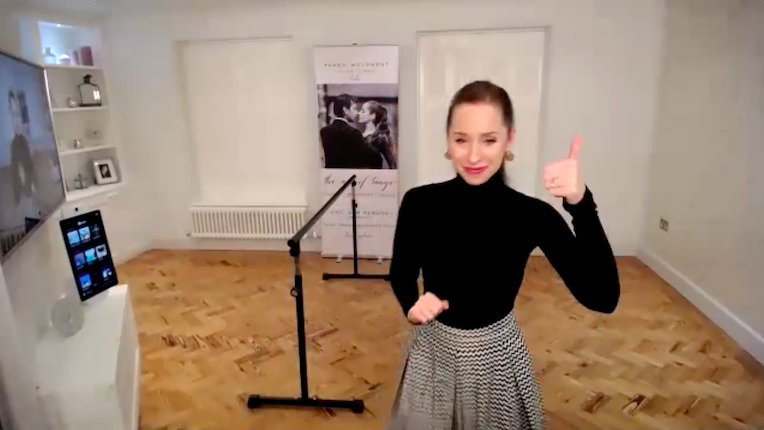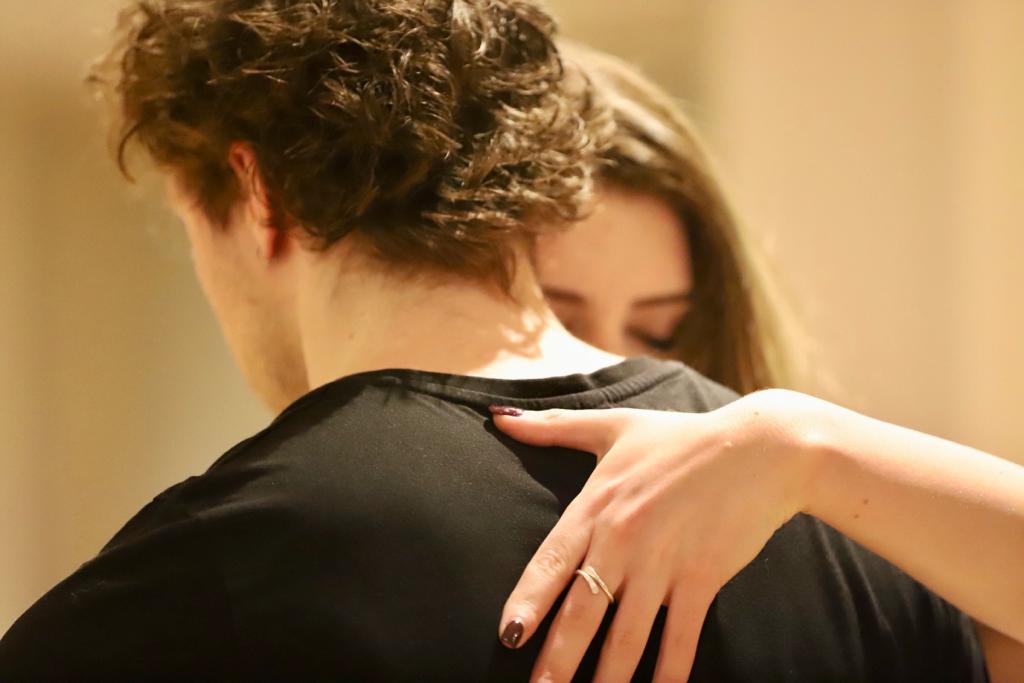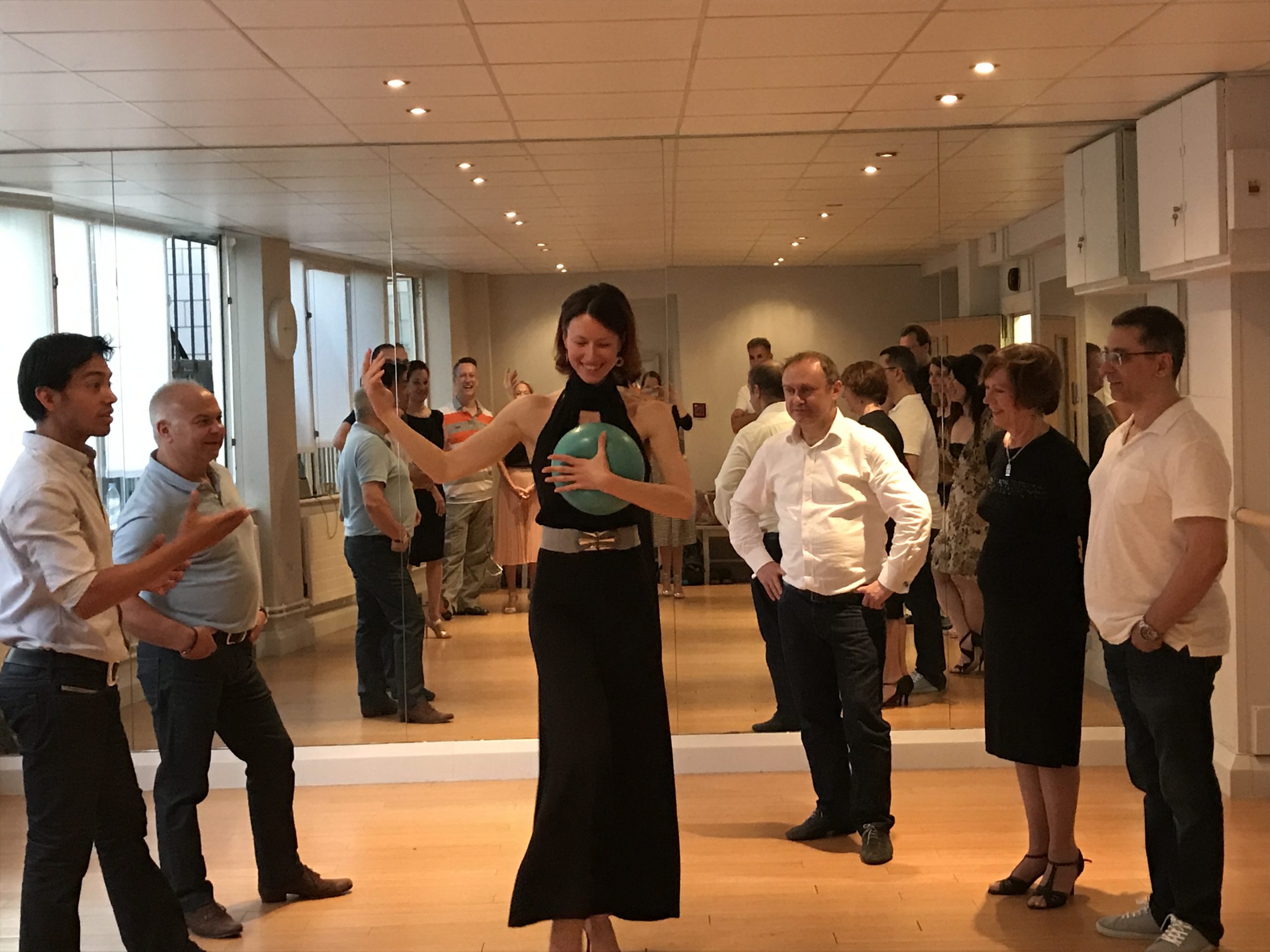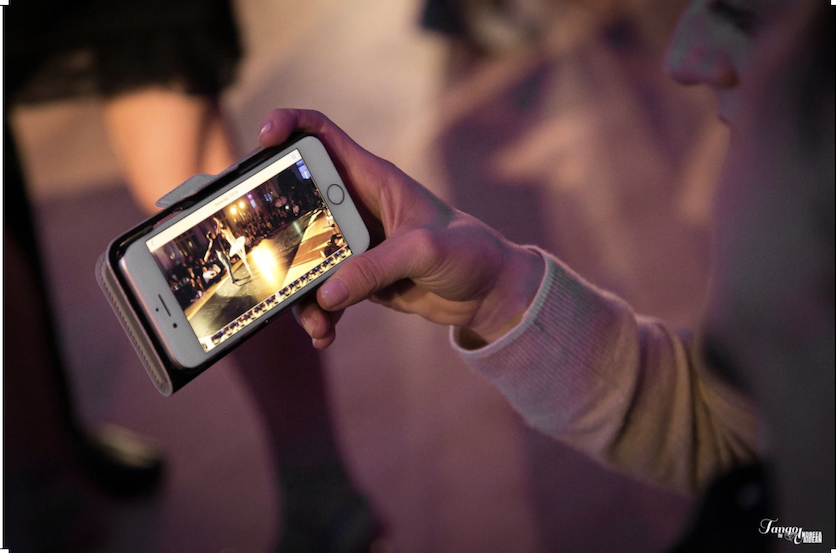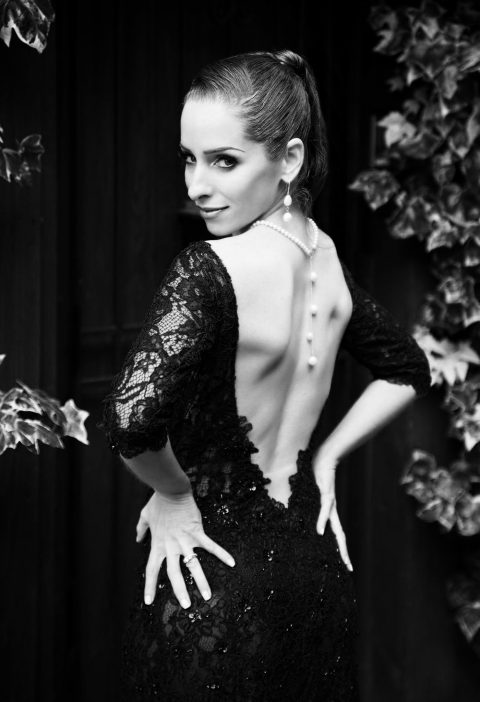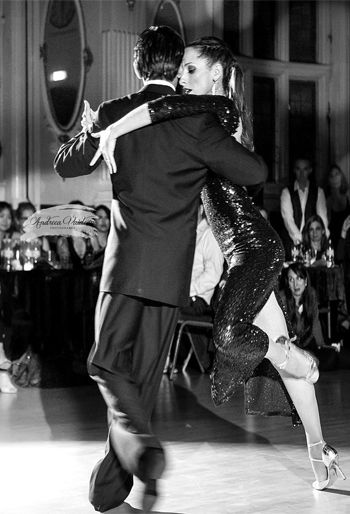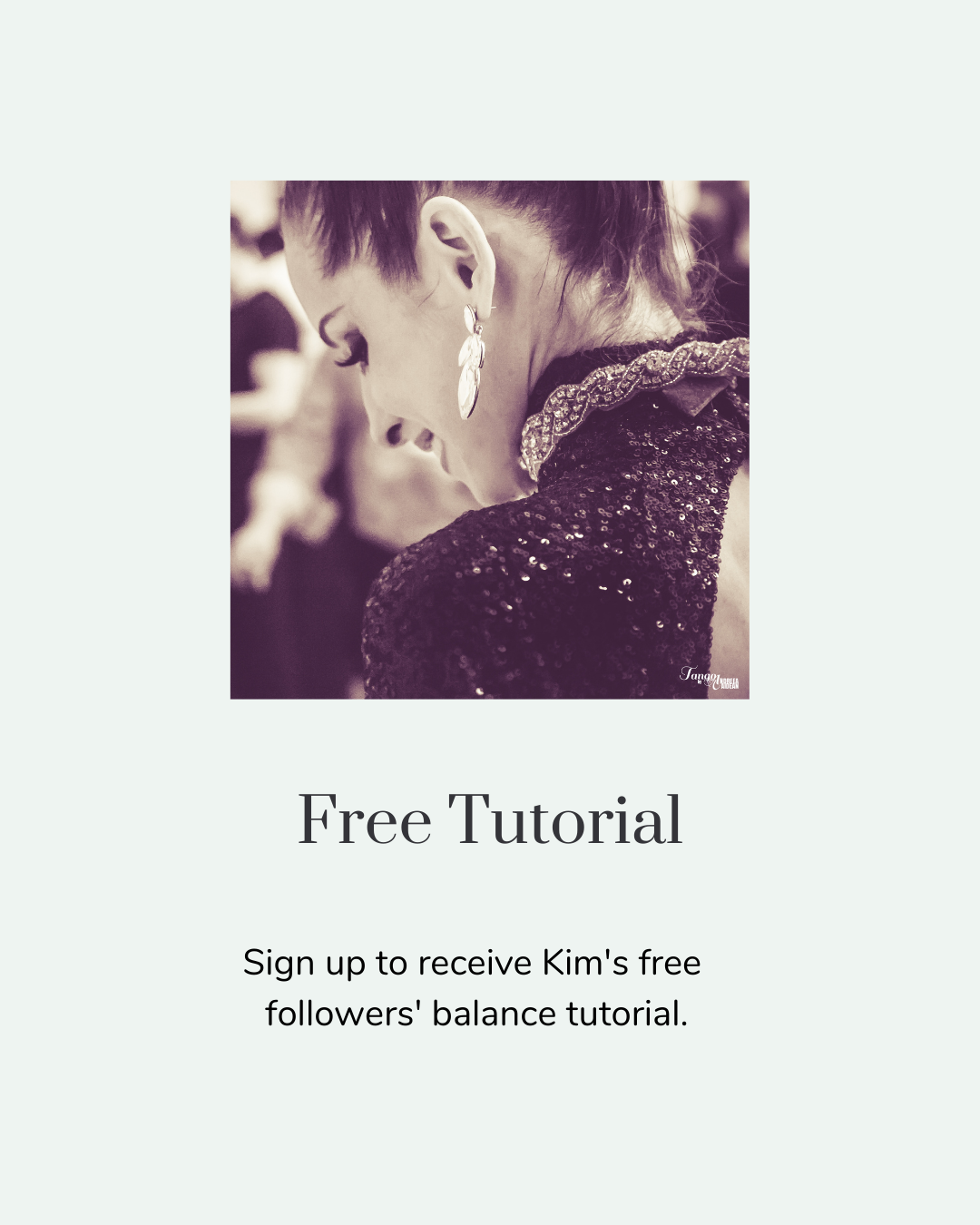Our lovely student from Taiwan, Lutin has written another blog about her online tango experience with us.
Lutin started taking online tango classes with us during the pandemic from her home in Taiwan to our home in London.
After 2 – 3 years learning tango she had started feeling confident dancing at milongas, but suddenly felt a deeper insight into technique would help her to dance more elegantly.
We’re so happy she put her trust in us, Here are her own words (translated from Chinese):
“David has a ballet background and he is gifted with a supple body. When he does a back boleo, his toes flick so high they touch the the back of his waist, while his face beams with delight. The way he whacks his boleo almost make me (as the Chinese saying goes) “question the purpose of my life’’. I take classes with David that are 20 minutes’ long, nothing too stressful. I’m going to share more about these classes another time.
Online classes with Kim are a completely different story. In my previous blog post, I wrote about her life story: the tango calling she felt at tbe age of 19 and how she left law to study tango. When she told me she would spend days just on a tiny little balancing exercise, I realised I should never underestimate the determination of a lawyer!
The very first technique I learnt from Kim was the forward ocho. Kim greeted me online with her British accent and demonstrated the movement she wanted me to polish.
Our one-on-one zoom tuition takes place in Kim and David’s house, on professional cameras that capture Kim’s full body movements in the wide shot and footwork in the close-up. Thanks to these high-definition cameras and great lighting, I could grasp the details of every move, despite my distance from Taiwan. The following short clip focusses on changes of weight:
Kim’s explanation of the forward ocho was visually clear but surprisingly my brain failed to keep up. The forward ocho itself is a basic step repeated many times over from beginner level onwards. But what made Kim’s forward ochos so elegant? I kept trying the same movement on camera asking myself why I could not do this baby step justice. I worked with my intuition but somehow, I still looked all over the place.
Kim noticed that I was stuck and told me to slow down. Her words worked like a magic spell on me. She explained to me the elements I was missing.
Kim told me that a tanguera needs to break down each movement and pause at any point if they need to. That’s how she can check the precision of the movement. Slowing down makes every movement more difficult – even the simple forward ocho. Slow movements require greater core strength and balance in order to move from a pause to a reactivation.
Following Kim’s explanatiom, I realised the the seemingly simple forward ocho had a lot of detail. My brain understood but my body didn’t cooperate. Luckily Kim recorded the class, giving me another chance to review, absorb, observe and compare.
It was quite something to jugglemy English communication (I’m coping well, just slightly nervous), my study of Kim’s movements and my objective of making the movements my own – all at the same time. Often, I would only accomplish around 30% of the movements we worked on in class.
But Kim would reassure me and tell me not to worry. She understood very well that all the information could be overwhelming. I needed time to digest so as to see results.
After-class practice is the key to progress. That’s why I usually spend two weeks practising after each class. When I have the time, I will go back to the most basic yet challenging steps such as the forward ocho. Here I will try to recap and apply Kim’s detailed teachings. People say that knowing it, doing it and doing it naturally are three different levels. Whenever I felt I’d reached the ‘’doing it’’ stage, I’d take a short video of my dancing for Kim and that’s when I would schedule my next class date with her.
Kim has an eagle eye and quickly spotted what I missed in those videos. She’d then give me pointers here and there, worded this time in a different way from the original class. You see sometimes your brain can simply play up, but Kim’s there to help with the use of everyday imagery to illustrate – traffic lights, ice cream scoops, light bulbs. It often takes me another month or so to finally execute a step naturally.
After I managed the forward ocho, Kim asked me to try the back ocho. This time I was very honest and said, “I can’t! Please teach me.’’ Just as I expected, the devil is in the detail. Amongst other things, the projecting back leg should articulate each movement before landing on the heel. The torso movement needs to be smooth, not choppy. Pivoting on one leg in slow motion while keeping your balance means lots and lots of sweat!
I came to realise that Kim’s elegance comes from her impeccable muscle strength and balance, combined with a flair for adorning each move down to the placement of a toe.
After the two ocho training classes and 3 months’ of hard work, it felt as if some acupoints in my body were opening up. I was then ready to start learning some slightly more fancy solo moves with Kim and I felt more at ease. My new practice videos met with her approval and the next stage of my tango learning began.
The saying goes:
“Beginners aspire to be advanced but advanced learners go back to the basics.’’
It echoes with the concept of regular practice. Learning ochos from Kim opened up a wealth of treasures in tango’s foundation.
Unwrapping the basics eventually pays off. When a dancer manages to pause at every moment of their flow while maintaining awareness of the details, he/she has captured the essence of the movement.
Lastly, allow me to do a bit of promotion for Kim and David. If you feel a bit shy for one-on-one classes, why not try it out first in the weekly groups? Alternatively, check out their class videos (including pre-recorded and live class recordings). Learn and progress in the comfort of your own home together with a lovely bunch of tango learners from Britain. When you get used to their class structure and coaching in English, you are ready to book a one-on-one with them (class duration comes in 20, 40, or 60 minutes).
My most frequently used English expressions during my class would be ‘’Hello!’’ ‘’Yeah.’’ ‘’Me?’’ ‘’Okay.’’ ‘’Again, please.’’ ‘’Here?’’ ’’Now?’’ and ‘’Goodbye.’’ Simple and manageable! Anyone can give it a go without pressure.”

